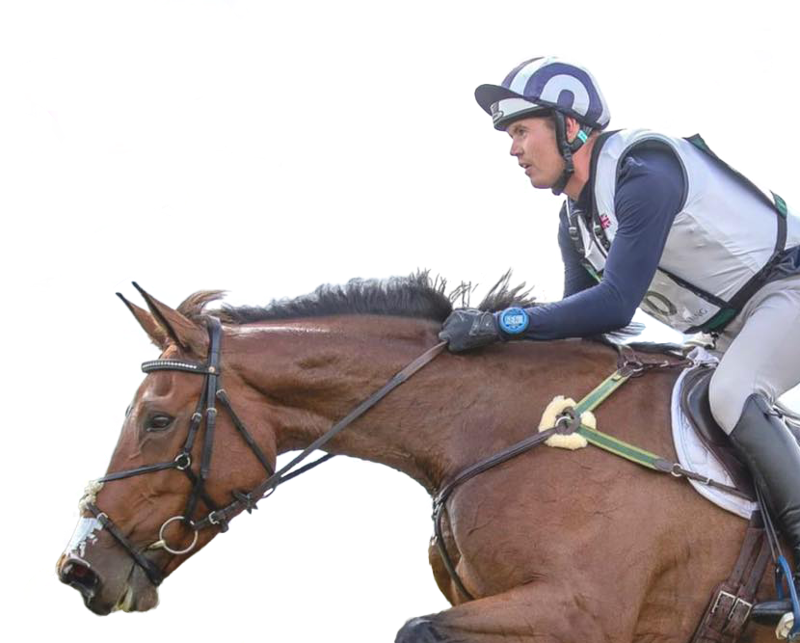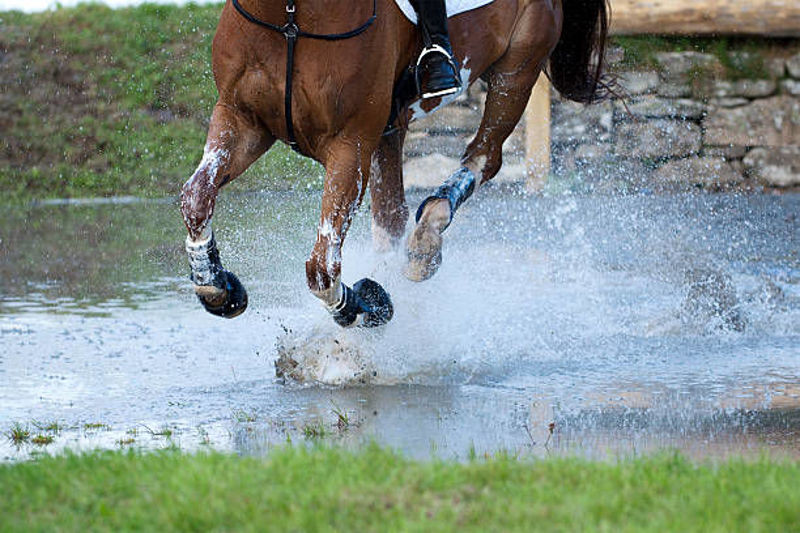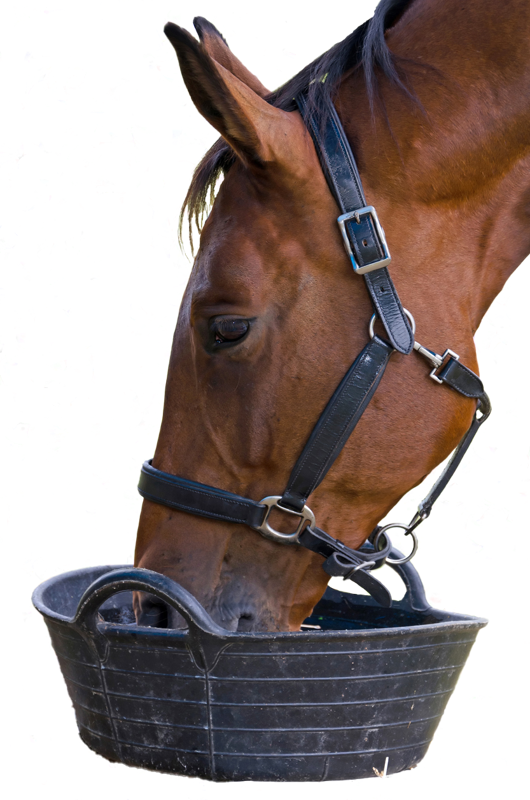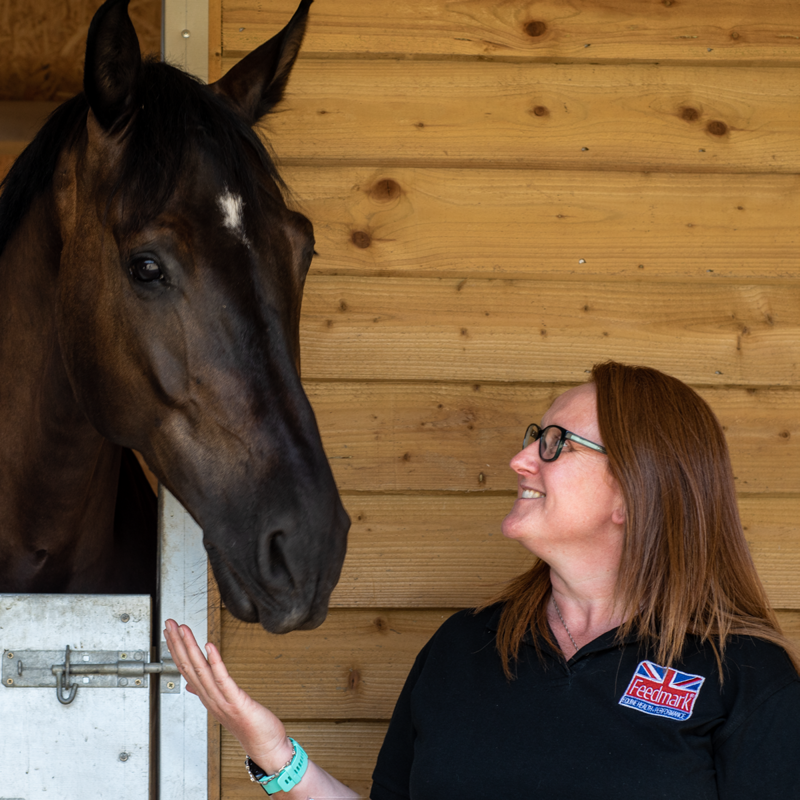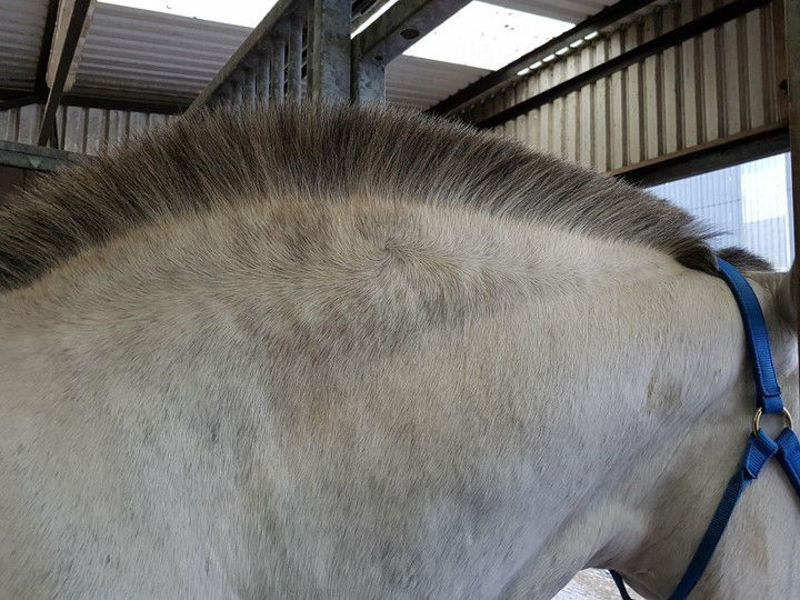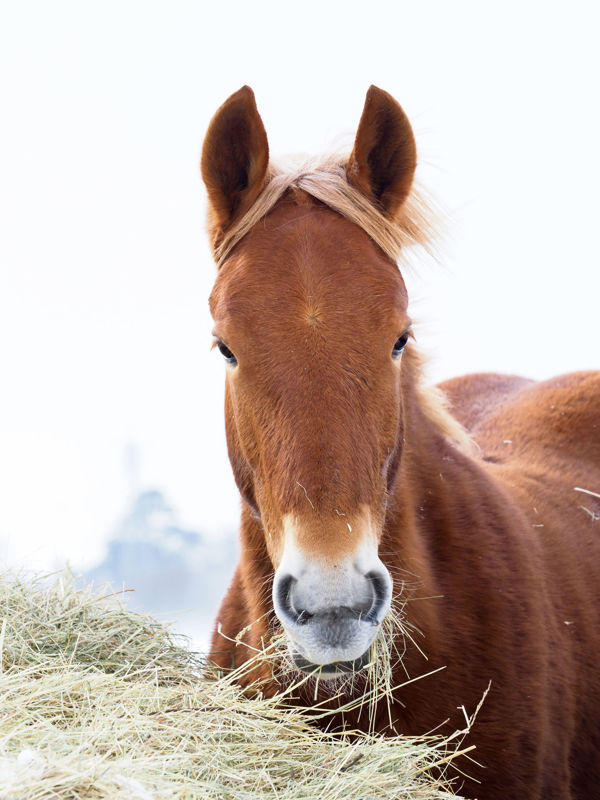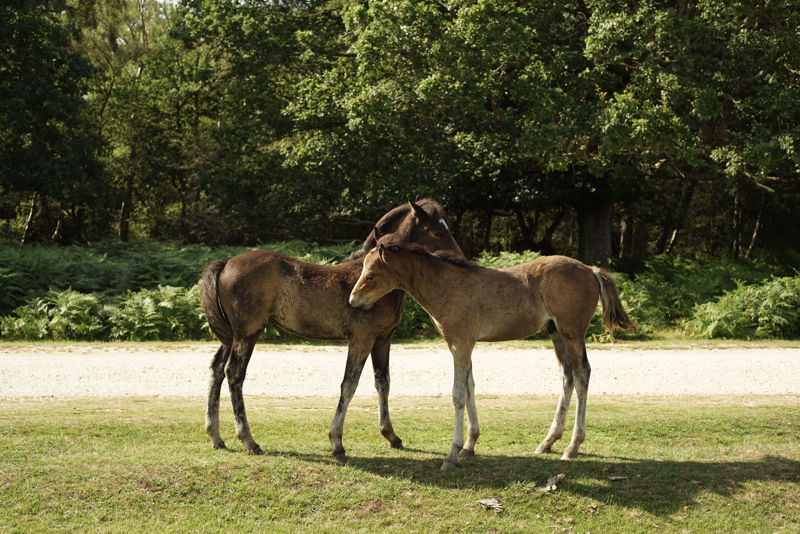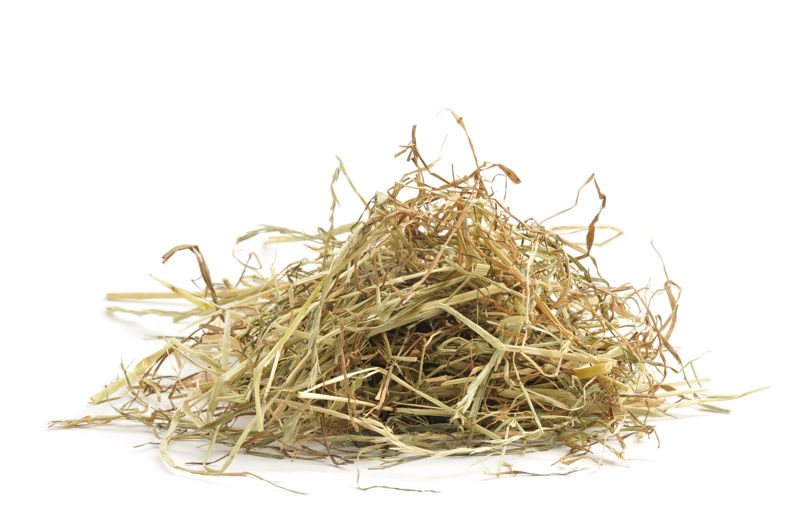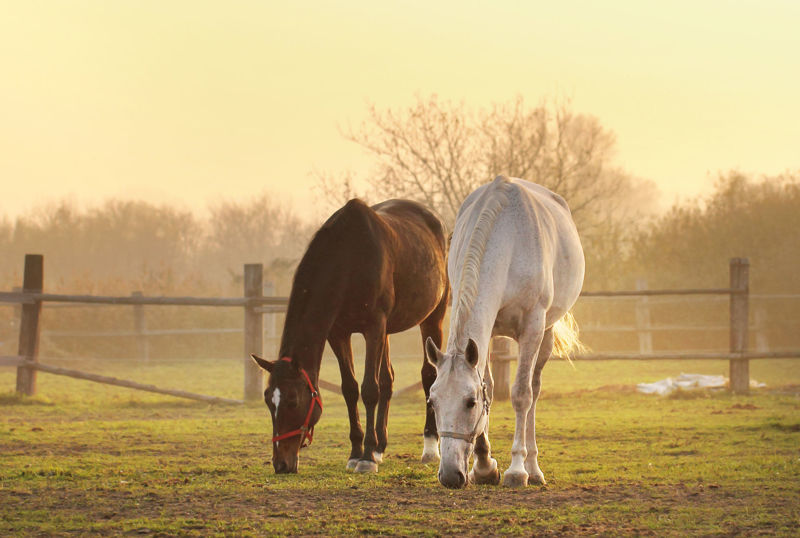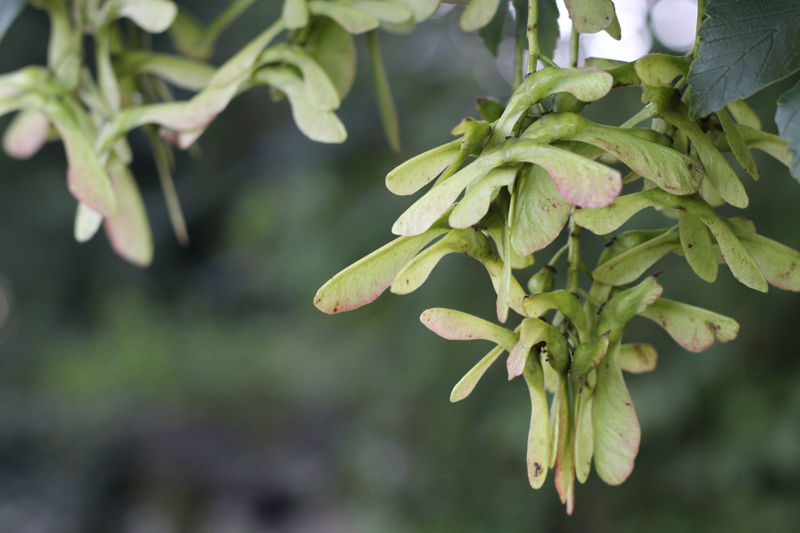In the third part of our series on how to feed better for less™, Dr. Stephanie Wood considers forage diets for performance horses and how best to supply additional sources of energy and nutrients
Anouk Frieling, Feedmark’s Senior Nutritionist, outlines the different energy pathways and dietary options for supporting optimum performance and it's relevance to horses with greater exercise demands.
In the second part of our series on how to feed better for less™, Dr. Wood explains how to balance your horse's diet in the most cost effective way.
As the cost of living increases, Dr. Stephanie Wood looks at how we can feed our horses better for less, starting with helping him to get the most out of his feeding plan.
In issue 4 of The Journal for Equine Nutrition, guest contributor Alison Morris takes an in-depth look at Equine Metabolic Syndrome, the risk factors associated with it and how horses with this condition can be managed.
Winter conditions vary dramatically between various regions, as does the tolerance of individual horses to changes in temperature, precipitation, and wind. Rebecca Allan gives an insight into thermoregulation and the horse's requirements.
Feedmark Nutritionist, Abigail Malone, reviews the nutritional requirements of growing foals from weaning to twelve months.
Professor Murray and Dr. Daniels explore the different types of forage available, helping you to choose the best option for your horse this winter.
Colic is a common veterinary problem. Feedmark's Nutritionist, Abigail Malone, explores what colic is, the signs to look out for and its associated risk factors.
As horse managers we are aware that time at grass is important for our equine companions. Dr. Simon Daniels explores what is the real nutrient content of grass for horses.
Dr. Stephanie Wood, Director of Science and Nutrition, investigates what Atypical Myopathy is and how you can reduce the risk...
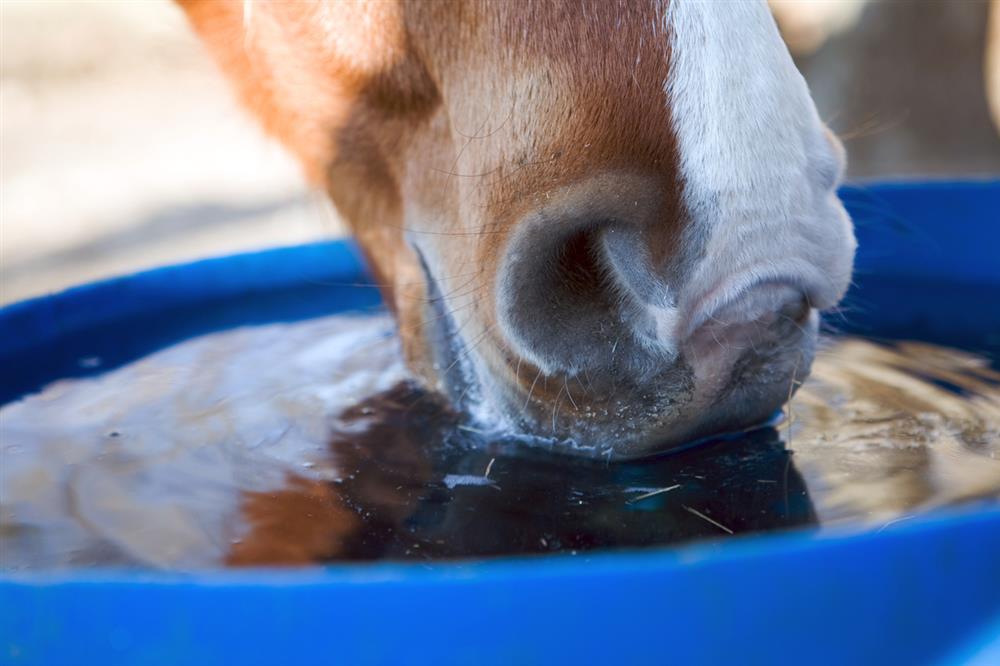
Whether you’re at home with your furry companion or out at a competition, hydration is key. Before grabbing your hat and boots or your dog’s lead, consider whether they are well hydrated and how you can reduce the risk of dehydration.


